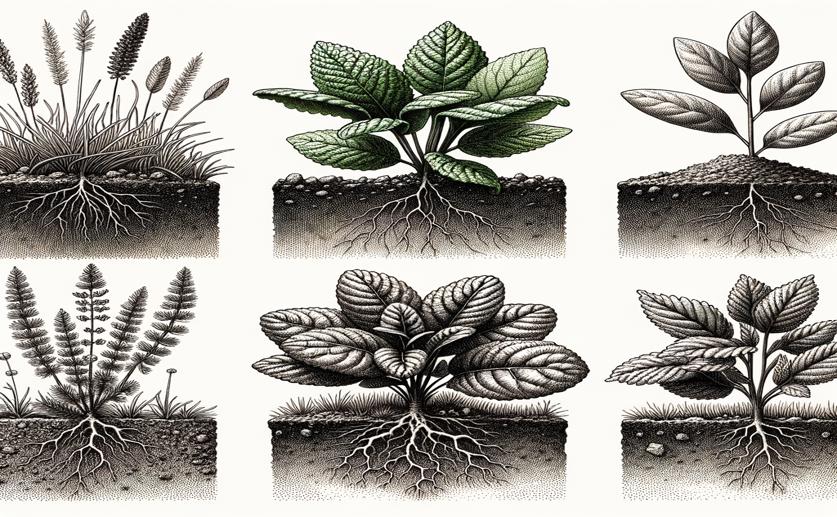
Do Local Soils Affect How Plant Leaves Function?
Jim Crocker
11th April, 2024

Image Source: Natural Science News, 2024
Key Findings
- In subtropical Neilingding Island, China, soil moisture and phosphorus greatly affect plant leaf traits
- Plants show more variation in leaf potassium content within species than between different species
- Leaf traits like size and nutrient content are linked, changing together in response to soil conditions
EnvironmentEcologyPlant Science
References
Main Study
1) Does local soil factor drive functional leaf trait variation? A test on Neilingding Island, South China
Published 10th April, 2024
https://doi.org/10.1186/s12862-024-02227-0
Related Studies
2) The worldwide leaf economics spectrum.
Journal: Nature, Issue: Vol 428, Issue 6985, Apr 2004
3) The global spectrum of plant form and function.
4) Negative impacts of sea-level rise on soil microbial involvement in carbon metabolism.
5) Fundamental links between genes and elements: evolutionary implications of ecological stoichiometry.
Journal: Molecular ecology, Issue: Vol 16, Issue 22, Nov 2007



 21st January, 2024 | Jenn Hoskins
21st January, 2024 | Jenn Hoskins